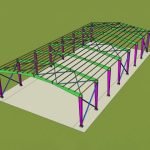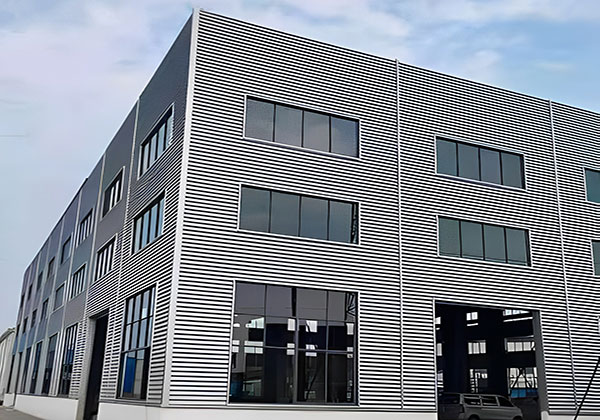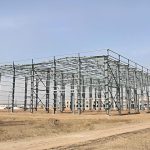The difference between yield point and tensile strength in steel structure workshop
In the design and construction of steel structures, yield point and tensile strength are two core mechanical performance indicators. Understanding their differences and connections is crucial to ensuring the safety and stability of the steel structure workshop.
Yield point: It is the minimum stress value at which the material continues to undergo significant plastic deformation even if the stress no longer increases after the stress exceeds the elastic limit in a tensile test. Simply put, when the force exerted on a material reaches its yield point, it begins to lose its resistance to deformation and begins to undergo substantial plastic deformation.
Tensile strength: It is the maximum tensile stress that steel can withstand. When the force on the steel exceeds this value, it will break.
The difference between yield point and tensile strength in steel structure workshops
- Differences in properties: The yield point describes the material’s ability to resist plastic deformation, while the tensile strength reflects the material’s limit against tensile stress.
- Deformation behavior: When the yield point is reached, the material begins to enter the plastic deformation stage, and the deformation will continue even if the stress no longer increases. The tensile strength refers to the maximum elastic deformation of the material before fracture. If it exceeds this value, fracture will occur.
- Test conditions: In tensile testing, the yield point is measured at a constant strain rate, while the tensile strength is measured at a constant stress rate.

The relationship between yield point and tensile strength in steel structure workshop
- Interaction: Materials with high tensile strength also typically have high yield points, as both are closely related to the material’s microstructure and chemical composition.
- Safety considerations: When designing the steel structure workshops, both yield point and tensile strength should be considered. Materials with lower yield points will undergo greater plastic deformation after reaching the yield point, which may affect the stability of the structure. Materials with lower tensile strength may break under smaller tensile forces, leading to structural failure.
- Standards and specifications: In the field of construction and engineering, there are standards or specifications regarding yield point and tensile strength for steel structures for different purposes.
Practical Application Considerations
When selecting steel materials for use in steel structure workshops, in addition to considering yield point and tensile strength, other mechanical performance indicators such as impact toughness and fatigue strength also need to be considered. At the same time, for large or critical steel structure projects, complex finite element analysis or experiments may be required to accurately evaluate the mechanical behavior and safety of the structure.
In summary, although yield point and tensile strength are both important parameters for describing the mechanical properties of steel, they have obvious differences in properties, testing conditions and considerations in practical applications. The correct understanding and application of these two parameters is crucial to ensuring the safety and stability of the steel structure workshop.








Send us the inquiry form